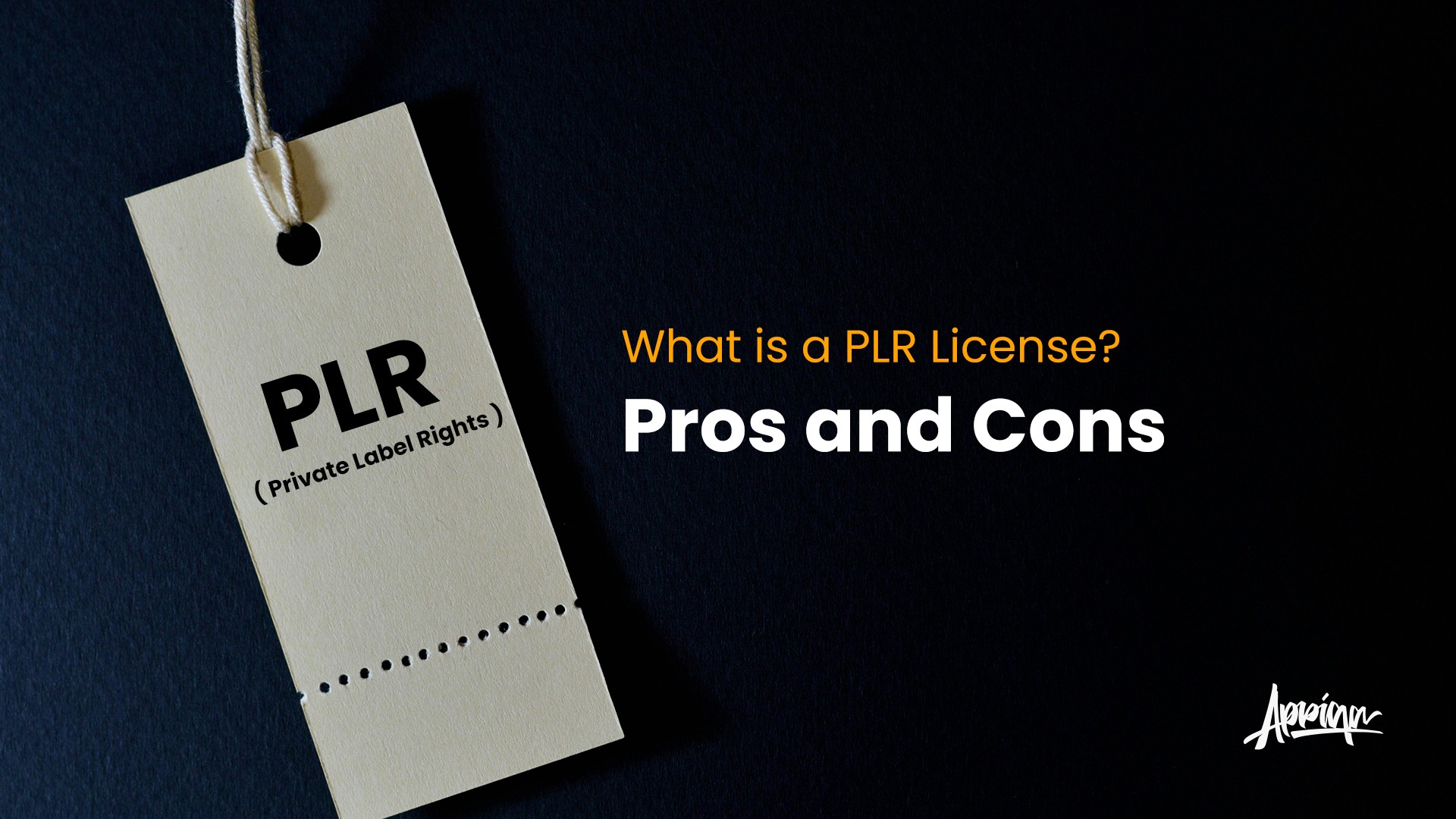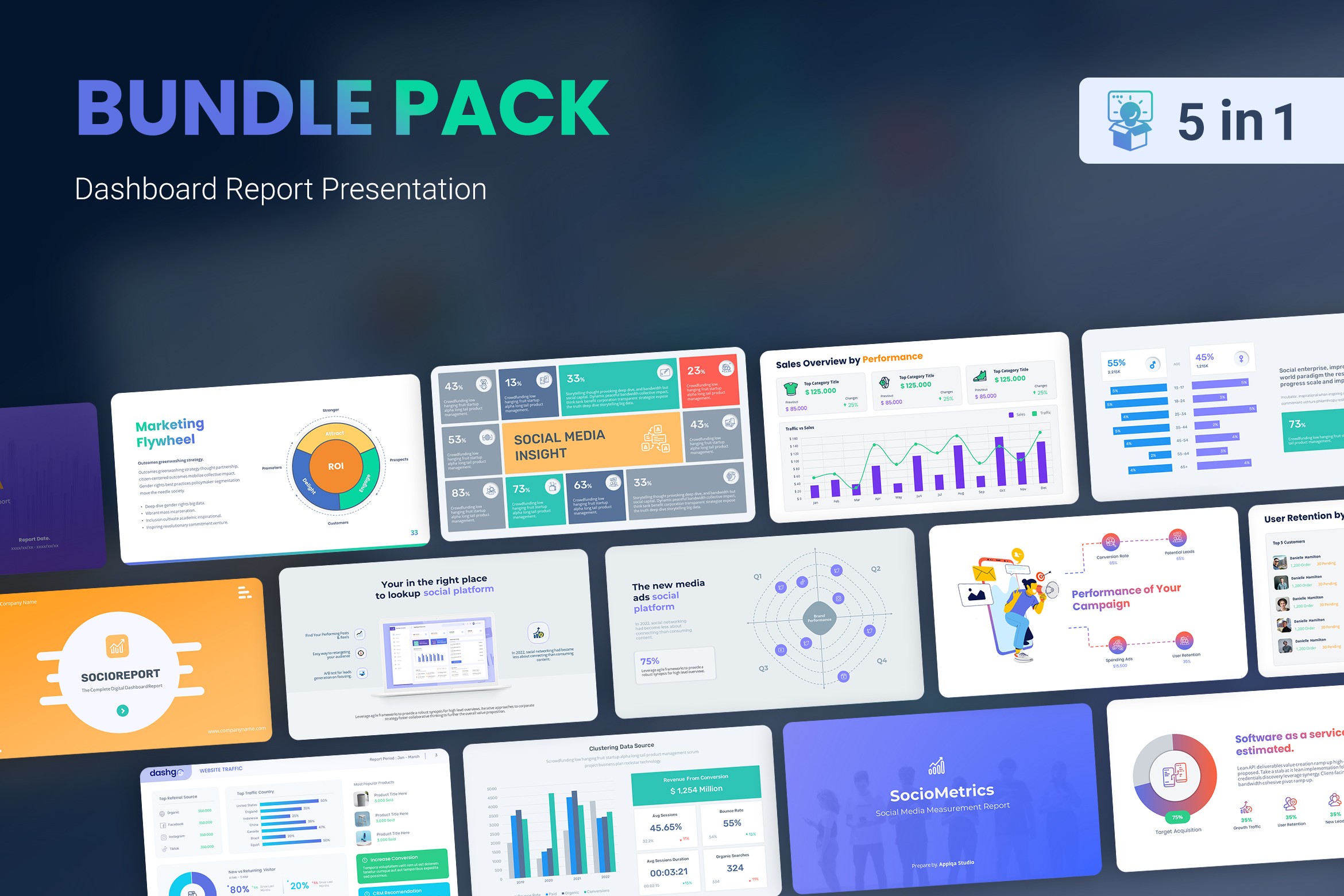Table of Contents
If you’re involved in digital marketing, content creation, or online business, you might have come across the term PLR (Private Label Rights). But what exactly is a PLR license, and how can it benefit or hinder your business? In this article, we will explore the pros and cons of PLR content to help you make an informed decision.
What is a PLR License?
A PLR license grants buyers the right to modify, brand, and resell content as their own. This can include articles, eBooks, software, graphics, videos, and more. Unlike other content rights, such as Resell Rights (RR) or Master Resell Rights (MRR), a PLR license provides greater flexibility for customization.
Pros of PLR Licenses
1. Saves Time and Effort
PLR content eliminates the need to create content from scratch, making it ideal for entrepreneurs, bloggers, and marketers who need quality content quickly.
2. Cost-Effective
Purchasing PLR content is often much cheaper than hiring a writer, designer, or developer to create custom content.
3. Customizable
Unlike standard licensed content, PLR allows you to edit, rebrand, and repurpose it as you see fit, ensuring that it aligns with your brand identity.
4. Great for Content Marketing
PLR articles, eBooks, and reports can be used to fuel blogs, email campaigns, and lead magnets without the hassle of starting from zero.
5. Multiple Revenue Streams
Since PLR content can be resold, you can package it into courses, memberships, or digital products, creating additional income opportunities.
Also Read : Is PowerPoint Dead? The Future of AI Presentation Design
Cons of PLR Licenses
1. Low-Quality Content
Not all PLR content is created equal. Some providers offer poorly written or outdated materials that require extensive editing before use.
2. Duplicate Content Issues
Since PLR content is sold to multiple buyers, using it as-is may lead to duplicate content penalties from search engines, negatively impacting SEO.
3. Lack of Uniqueness
If multiple businesses use the same PLR materials, your content may lack originality, making it harder to stand out in a crowded market.
4. License Limitations
Not all PLR licenses allow for unlimited resale or redistribution. Some may restrict modifications or require attribution, so it's crucial to read the terms carefully.
5. Brand Reputation Risks
Using unedited PLR content may damage your credibility if customers recognize it from other sources or find it low-quality.
How to Make the Most of PLR Content
-
Edit and Personalize: Always modify PLR content to align with your voice, brand, and target audience.
-
Improve Quality: Enhance PLR materials with additional research, updated information, and better visuals.
-
Combine Multiple Sources: Mix and match different PLR products to create unique and valuable offerings.
-
Use as a Framework: Treat PLR content as a starting point rather than a finished product.
Download Our Dashboard Report Bundle 5 in 1
Conclusion
A PLR license can be a powerful tool when used correctly, offering time-saving and cost-effective solutions for content marketing and product creation. However, to maximize its benefits, it’s crucial to customize and improve the content to maintain quality, uniqueness, and credibility. If you’re considering PLR materials for your business, ensure you purchase from reputable sources and invest time in making them truly your own.



